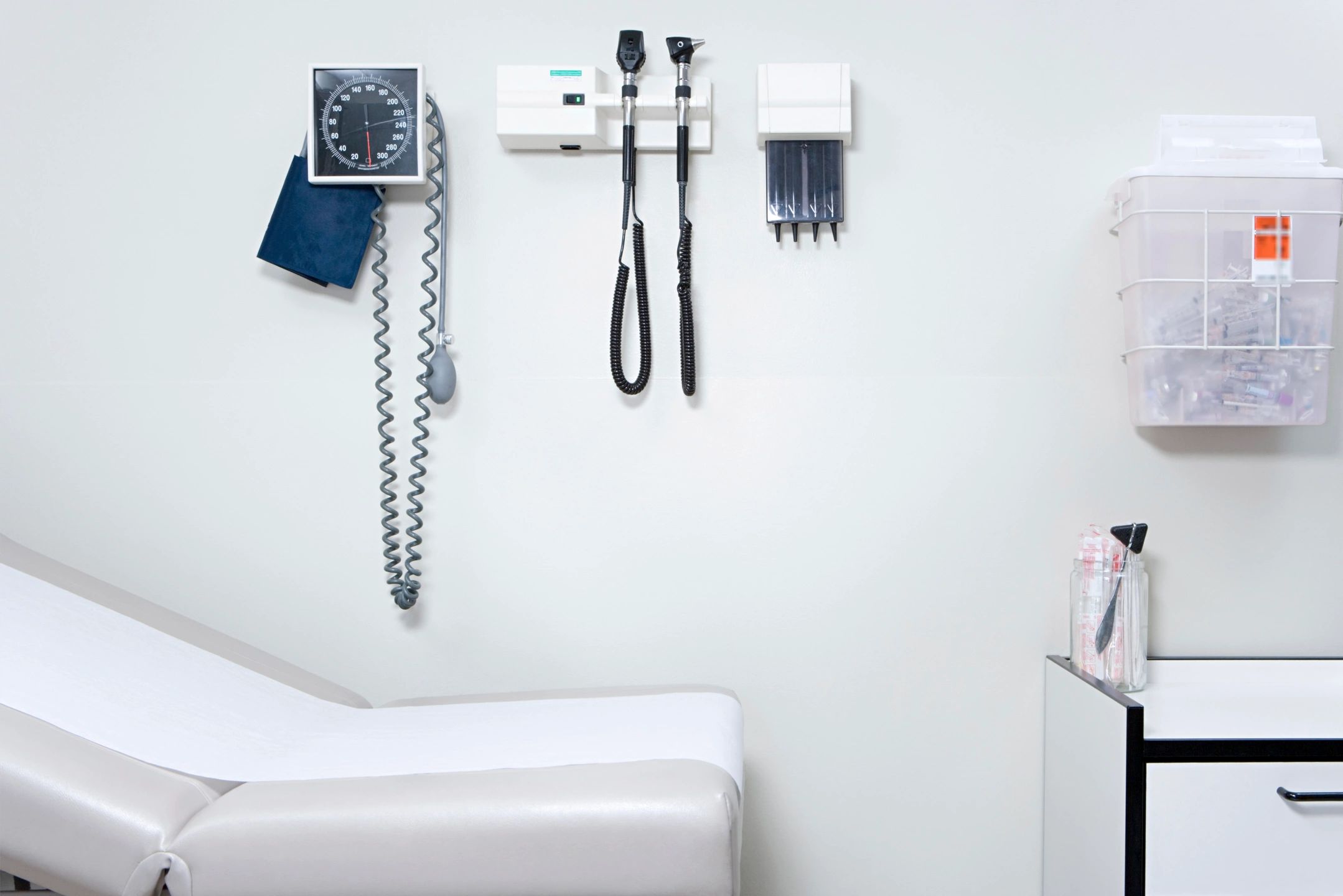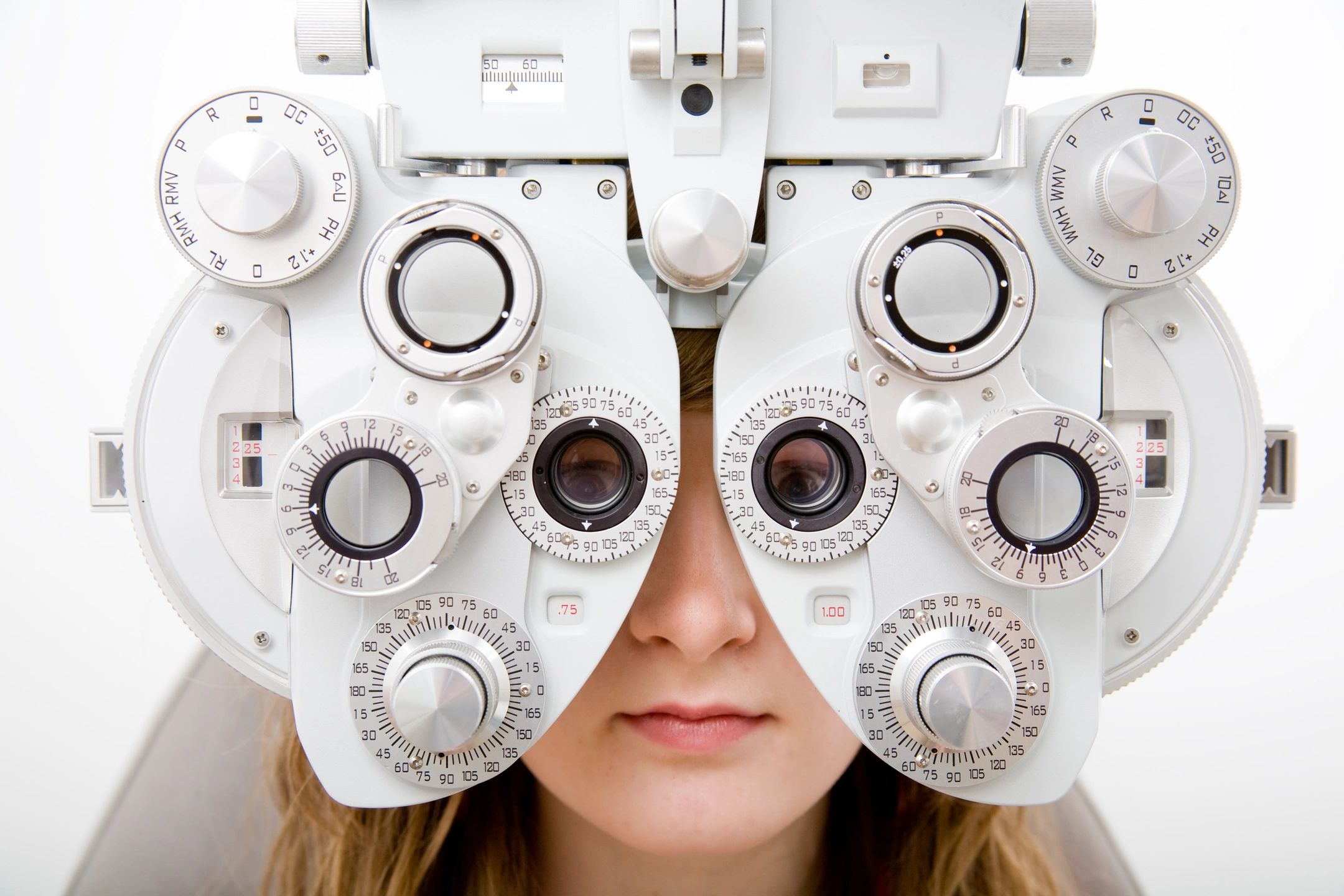
Aim 1
Develop predictive models for diabetic retinopathy using risk factors collected from patient clinical records.

Aim 2
Develop predictive models for automated diabetic retinopathy assessment using a combination of patient risk factor data and data from digital retinal images previously evaluated by experts.

Aim 3
Evaluate the predictive accuracy of: a) the models developed for specific-aim 2, and, b) the assessments of optometrist readers against standard of care dilated retinal examinations by board certified ophthalmologists for 300 diabetic patients utilizing a new Los Angeles County reading center.

Aim 4
Create web-based software tools based on the predictive models developed in specific-aim 1 that can be used to initiate outreach to high-risk patients in under-resourced settings, boosting detection rates for those patients who are most at risk for diabetic retinopathy.
Aim 5
Establish targeted outreach methods to promote screening for patients that the predictive models from specific-aim 1 identified as potentially having undetected diabetic retinopathy.

